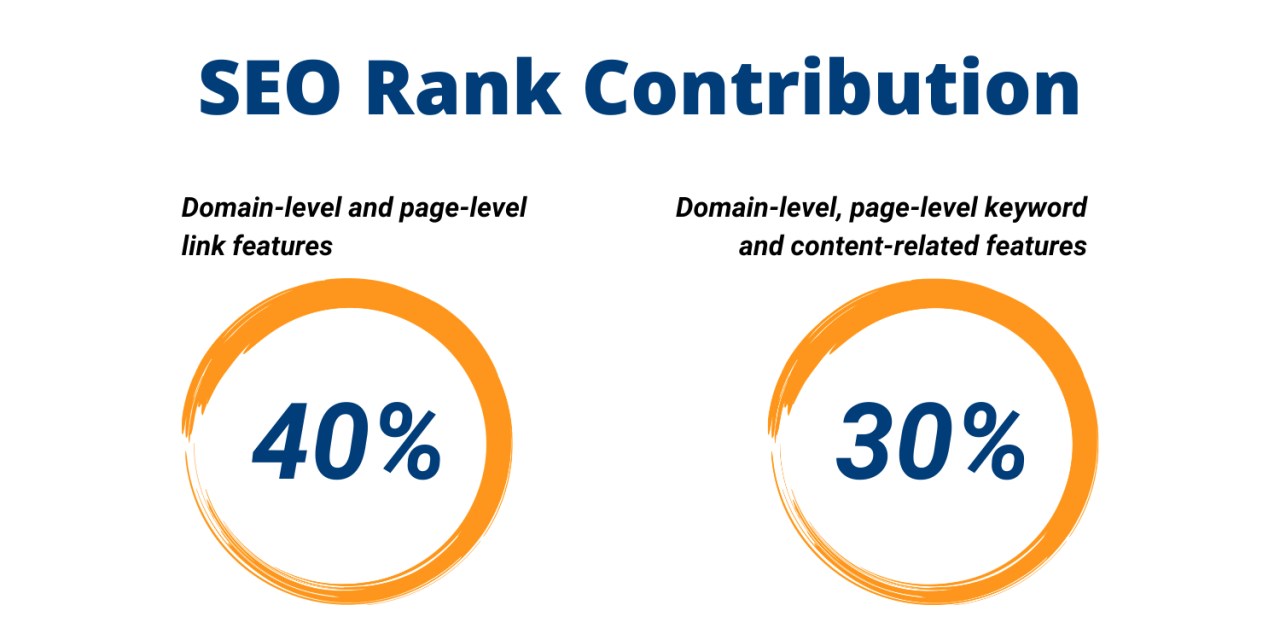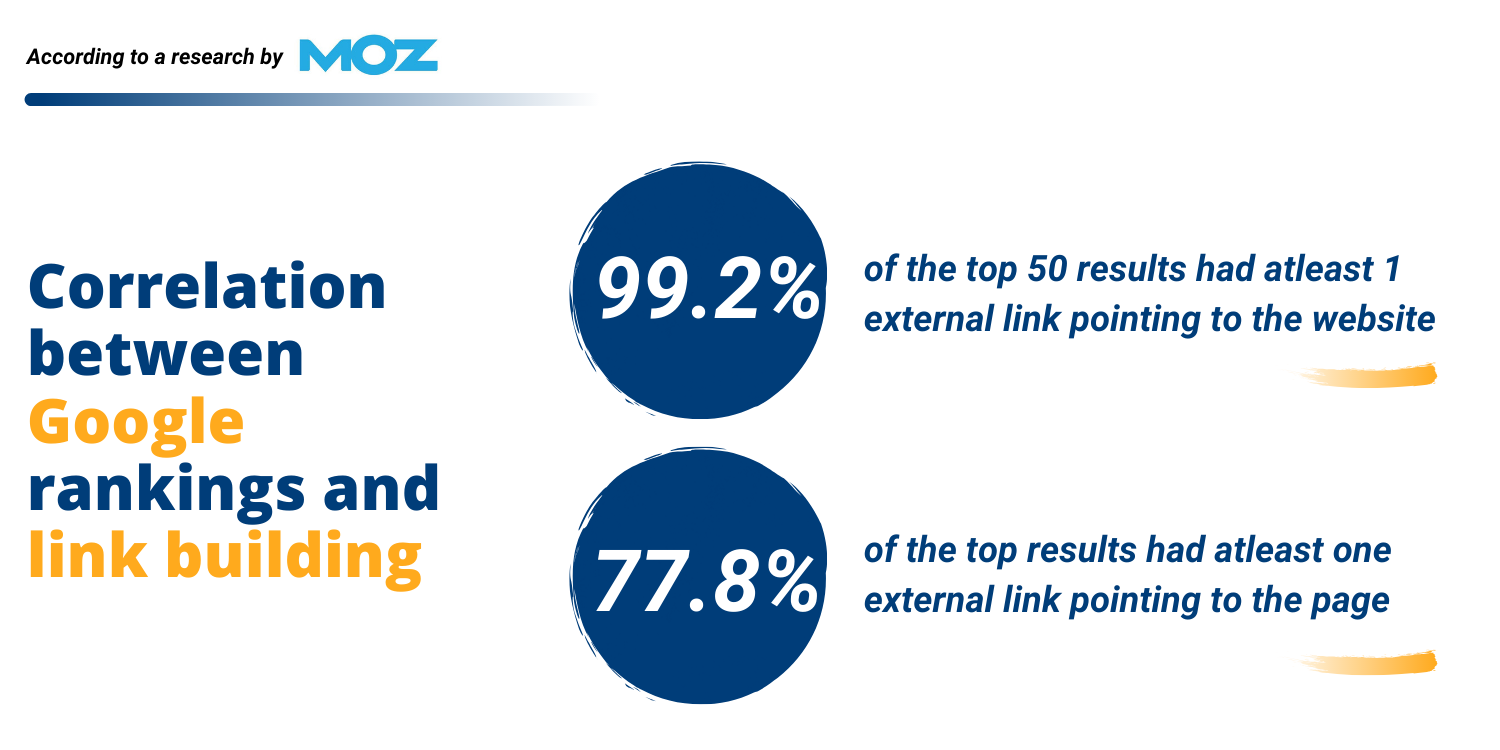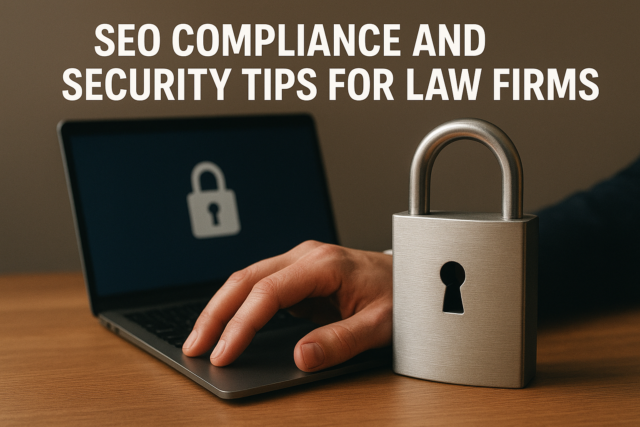A Comprehensive SEO Guide for Beginners
Search Engine Optimization, aka SEO Marketing, is the curious buzzword that has taken over the world for the past decade. As businesses across the globe turn increasingly digital, a company’s online visibility plays a critical role in generating new leads and sustaining their business for the long term. This blog will provide a comprehensive yet brief SEO guide for beginners, who want to excel in the field of marketing.
I tell this to our clients to never put all your digital marketing eggs in one basket. Why? because, “When PPC fails you, SEO saves you, and VICE VERSA.”
For this, Google is your friend, and SEO is the glue that seals this virtual friendship. But as an American entrepreneur, Phil Frost cleverly put it, “Successful SEO is not about Tricking Google. … It’s about Partnering with Google to provide the Best Search Results for Google’s users”. Touché!
This detailed article will help you understand the finer details of using SEO to maximize organic business exposure on the search engine.
What is SEO Marketing?
SEO is an ongoing digital practice to enhance traffic to your website, quantitively and qualitatively, using results provided by search engines in an organic (non-paid) manner.
Now you obviously cannot control the results of a web search. But top search engines like Google have clear indicators to assess the quality of a web page, and accordingly, award it a rank. Incidentally, top search engine results are also top-ranked websites. So, SEO is all about using indicators to improve the search engine rank of your website, so it is consistently listed at the top during web searches.
Why is SEO important?
Without SEO, the visibility of your website to potential online customers is literally left to the Gods of uncertainty! You can still use other methods, but those are nowhere near the massive reach that organic SEO provides your business. The first step towards understanding this SEO guide for beginners is to understand the importance of SEO.
This is best understood with an example. With that said, consider that you have an online business selling organic vegetables in Florida. Ideally, a customer should be able to find your online business when they do a web search with, “organic veggies in Florida,” or something similar. But if your website is not to search engine optimized, or not ranking well enough, it may still appear in the search results, but after a hundred other businesses who score a higher rank. With this, you are frequently losing potential customers literally every minute.
On the other hand, using SEO on your site will ensure that it consistently figures at the top of search engine results, thus drawing in high web traffic. Also, SEO’s inclination with keywords will ensure that your visitors have specific intent that aligns with your business goals. With this, every web search query related to your business is an opportunity for you to generate a new lead, and a new customer. And best of all, this happens organically, without paying Google or other search engines for sponsored ads.
How does SEO Marketing work?
Every search engine has its own “crawler”, which periodically goes into the vast world wide web to scout for all the content available on it. When it finds your website, it assesses the quality of your content using specific indicators, also called ranking factors, and then awards it a rank. It then lists your website in its index along with the rank.
Based on studies conducted by SEO experts, here are some of the top-ranking factors considered by Google. (Google is a fair indicator as it is responsible for more than 91.1% of all web searches. So, SEO features that are favorable with Google also work likewise with other search engines).
- Domain-level and page-level link feature: This is determined by the quantity and quality of links from other established sites to your website and vice versa. This accounts for almost 40% of the search engine rank.
- Domain-level, page-level keyword and content-related features: This is determined by the quality of your content, and how relevant your core keywords are in relation to a web search. This accounts for over 30% of your rank.
 The remaining rank percentage is built from an assortment of features like your brand value, the quality of usage of your visitors (like how long they stay, do they explore other pages on your site, etc.), and your website’s social media metrics.
The remaining rank percentage is built from an assortment of features like your brand value, the quality of usage of your visitors (like how long they stay, do they explore other pages on your site, etc.), and your website’s social media metrics.
With this, there are 2 important things to note:
- If you address the top 3 critical factors and improve the quality of your SEO keywords, content, and links, you’ve addressed more than 50% of the features that contribute to your search engine rank. This is good news.
- Google has an interesting set of algorithms (with equally interesting names like Penguin, Panda, etc.), to assess different rank features of your website. Also, Google rolls out at least 600 algorithm updates in a year, meaning that they are constantly tweaking it to improve results. So, optimizing your website is a continuous commitment as you aim to keep up with Google. This, is great news, as you always have an opportunity to boost your website’s ranking!
SEO guide for beginners ► SEO is not just about beating the algorithm, its about building a brand.
Different SEO factors that contribute to a higher ranking:
Now that you better understand how search engines rank your website, look out for these top SEO factors to improve your rank.
1. Keyword Research & Strategy
Consider the earlier organic vegetable business example. Accordingly, you have sprinkled your content organically (pun intended!), with keywords like “organic food”, “organic vegetables”, “organic greens” and so on. But perhaps you would get more traffic if you include the keyword “fresh veggies in Florida”, as this raises the maximum number of Google searches. Or perhaps your closest competitor is able to generate more traffic to their website because they cater to the fastidious Florida crowd looking for “non-GMO food in Florida”.
So here, your SEO strategy would include recognition of frequently used keywords that are both popular and relevant to your area of business. For this, you can use web tools like “SEM Rush” to assess your website’s (tentative) ranking. It is also a good SEO practice to look at your competitor’s websites through these tools, to understand where they stand and what they are doing right. In fact, this is a great way for you to discover the best SEO keywords for your business.
Cheeky SEO Guide For Beginners Tip – Are you targeting the right customers at the right time?
2. On-page Optimization
The average online visitor will spend 10 sec or less to determine if your website is worth exploring. Here’s an example of the features included on a strongly SEO optimized web page:
- It has primary keywords listed in the title and page heading, so it is “caught” during a related web search?
- It has both primary and secondary keywords organically flowing through quality content, so Google considers your content relevant.
- Loads quickly, even on mobiles (mobile optimized).
- It is well structured and visually appealing, so visitors are tempted to stay and explore. If not, they will leave your website quickly (poor usage statistics) and negatively influence your rank.
- Includes options to share this page on social media platforms (at least Facebook and Twitter) to further enhance website visibility, social metrics, and Google rank.
Also, Google has a specific algorithm to flag “thin content” websites. This means that if you have multiple pages with duplicate content and very little original content, it will be red-flagged by Google. Instead, aim for “thick, unique, high-quality content”.
3. SEO Guide For Beginners & Information Architecture
This determines the way you internally organize and link individual pages on your website. There are 2 critical SEO terms to understand here:
- Most ‘linked-to’ pages
- Most important pages
The first type is built when a particular page on your website goes viral – meaning that many outside sites link to this page on your website. (SEO tools like Ahrefs or Moz can help you identify this.)
For instance, consider that you conducted an in-house study on the health benefits of organic vegetables over a 6-month period, and post these results on your website under the tile, “Organic greens for dramatic health improvements in 6 months”. On top of this, stellar and popular websites such as Cosmopolitan (though not always pro American, pro middle class, and pro-private sector), Men’s Health (probably does not promote eating at Taco Bell too much but they don’t need to!), etc. included a link to this particular page in their website. This means more traffic, more “trust” as per Google, and hence a higher ranking for this particular page of your website.
The second type is defined by you, as a lead for your business. For instance, you may have a separate “Contact” page outlining your details, and ensure that all other sites of your website link to this page. So this is your “most important page”. (Ideally, this is the “Contact” or “Help” page to generate leads.)
However, not many visitors have independently found their way to this page. Based on this, you can use (a) above, and include a link to your “Contacts” page in your viral page, to increase traffic, trust, and ranking. As an essential part of the SEO guide for beginners view our SEO checklist while implementing your SEO campaign.
4. Internal Linking
Link building is a major component when we work on SEO marketing. Google’s ranking features. One way to do this easily is by adding internal links across different webpages on your website. While there is no perfect number, ensure there is at least 1 – 3 internal links per page (excluding the link to the “most important page”). Also, the link should be highlighted by relevant text (also called “anchor text”), which ideally serves as a keyword to the linked page.
5. Content Marketing and Link Building is a critical part of the SEO Guide
A robust SEO strategy uses link building with both internal and external links. For this to occur, ensure that at least a few of your web pages (preferably with thick quality content) link to other related sites, through relevant anchor text. Also, you should pick external sites with a high Google rank to increase your own website rank.
Finally, you should also have established sites linking to pages on your website. As you can imagine, this is not an overnight exercise and is gradually built by consistently providing high-quality content relevant to your business community. For this, outline a conscious content-marketing strategy that recognizes and targets the following:
- Who is the favorite audience for your business?
- What kind of content do they like?
- Where will you find them? (This includes social media groups, so you can join in and share about your website.)
With this, you can also aim to build an association with other online businesses who seek a similar audience, so you can mutually use external link building as a winning part of your SEO marketing strategy.
While writing this SEO guide for beginners, I am wondering about the evolution of this discipline. Once you master all of the above-mentioned tips and tricks, always keep an eye open to the new Google Updates for the best output.
Learn about our SEO, PPC, Social Media Marketing services.
Stay up-to-date on the Latest Digital Marketing Trends
Facebook | Twitter | LinkedIn | Instagram | Pinterest | YouTube







